Tufted Bluebell
Display all 11 images
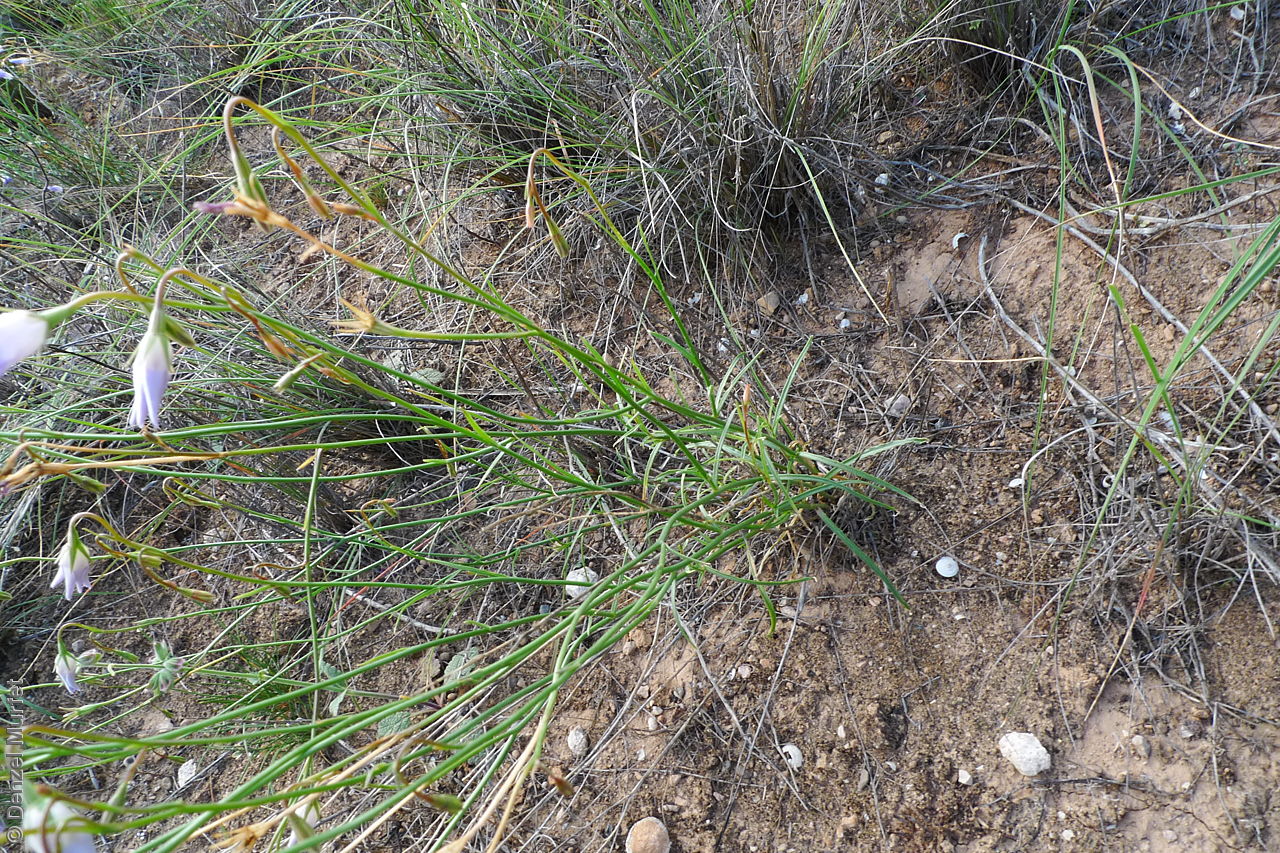
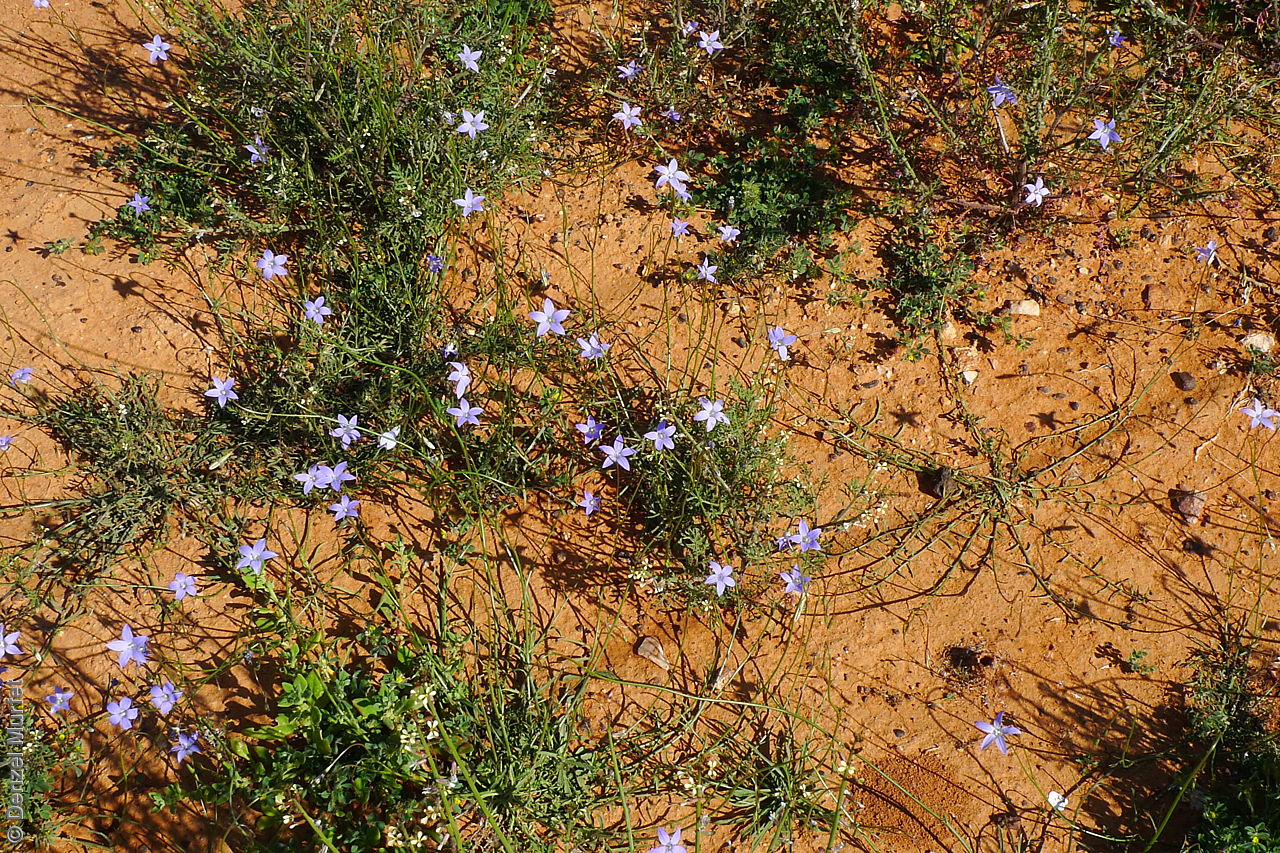
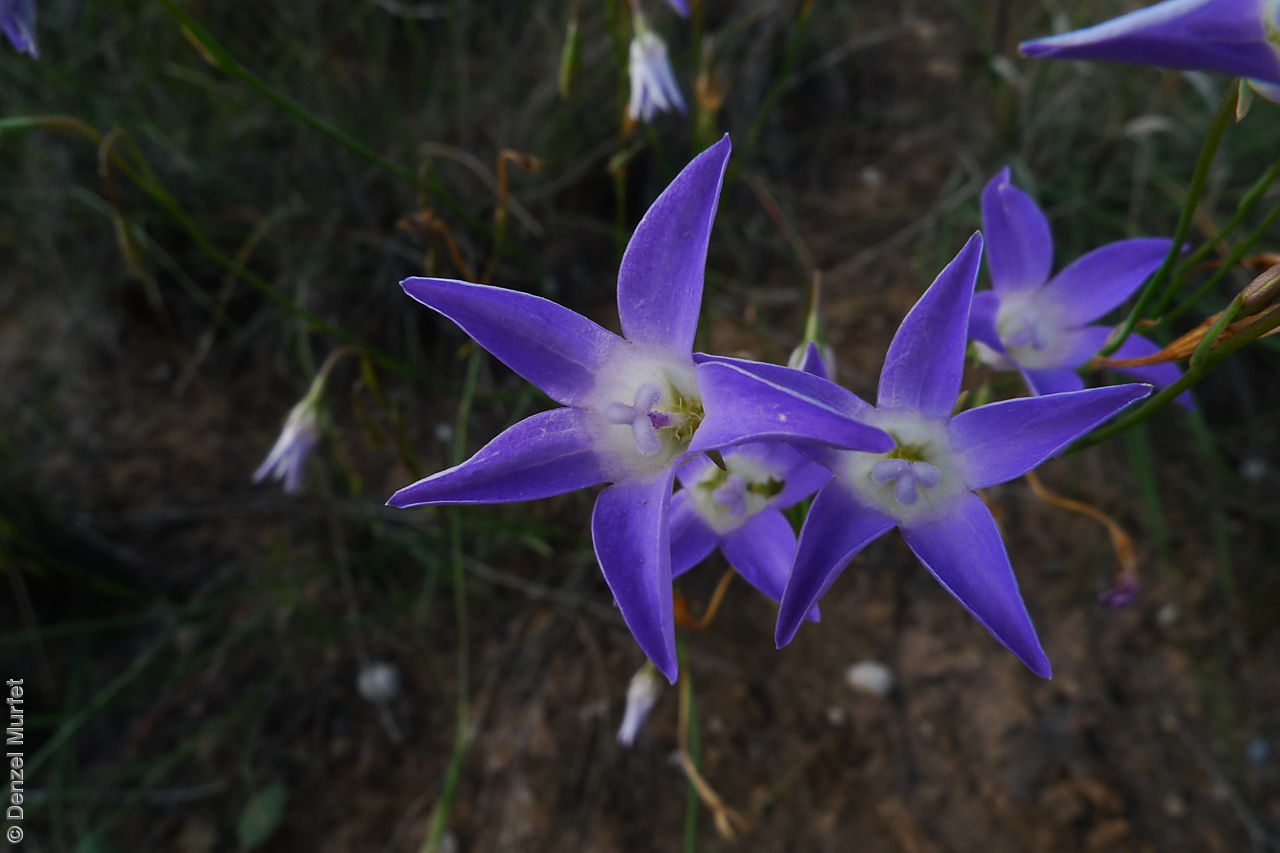
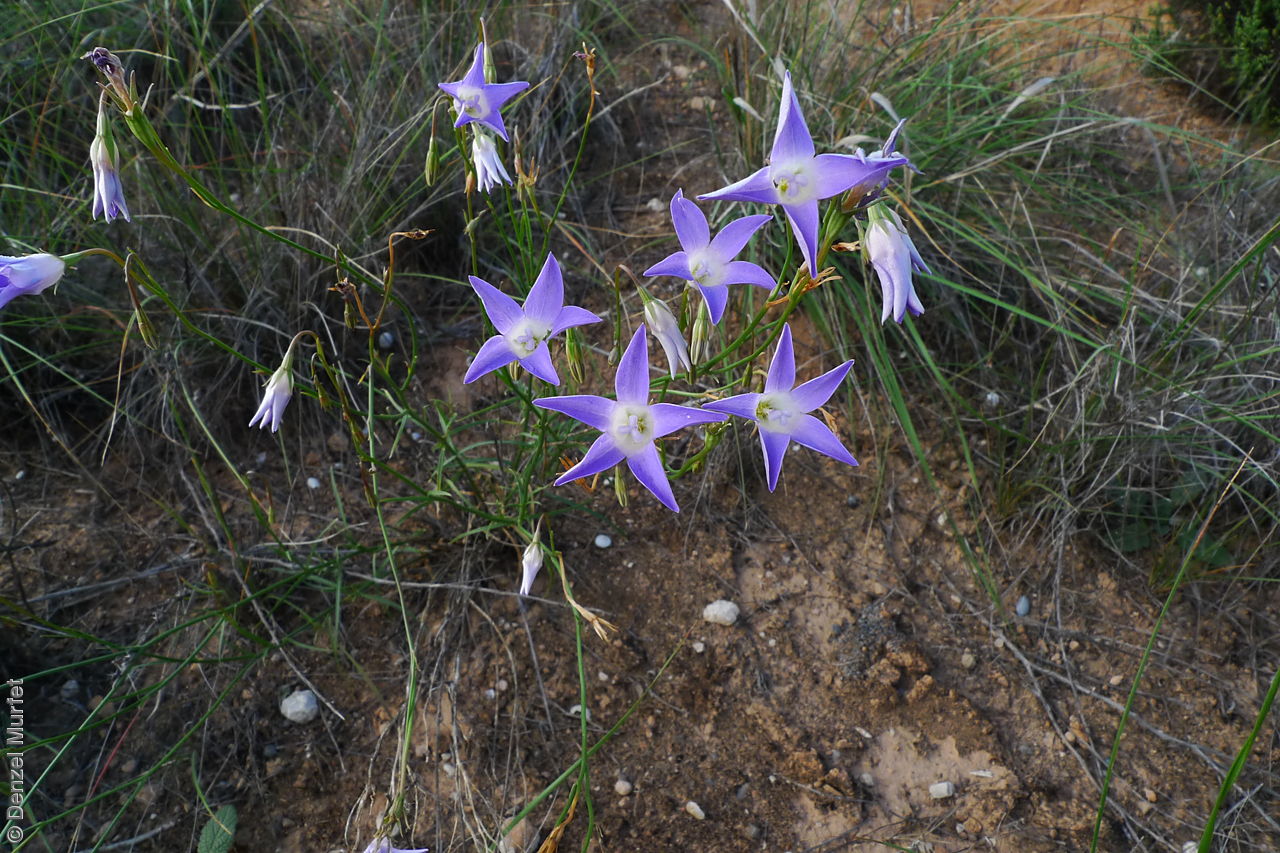
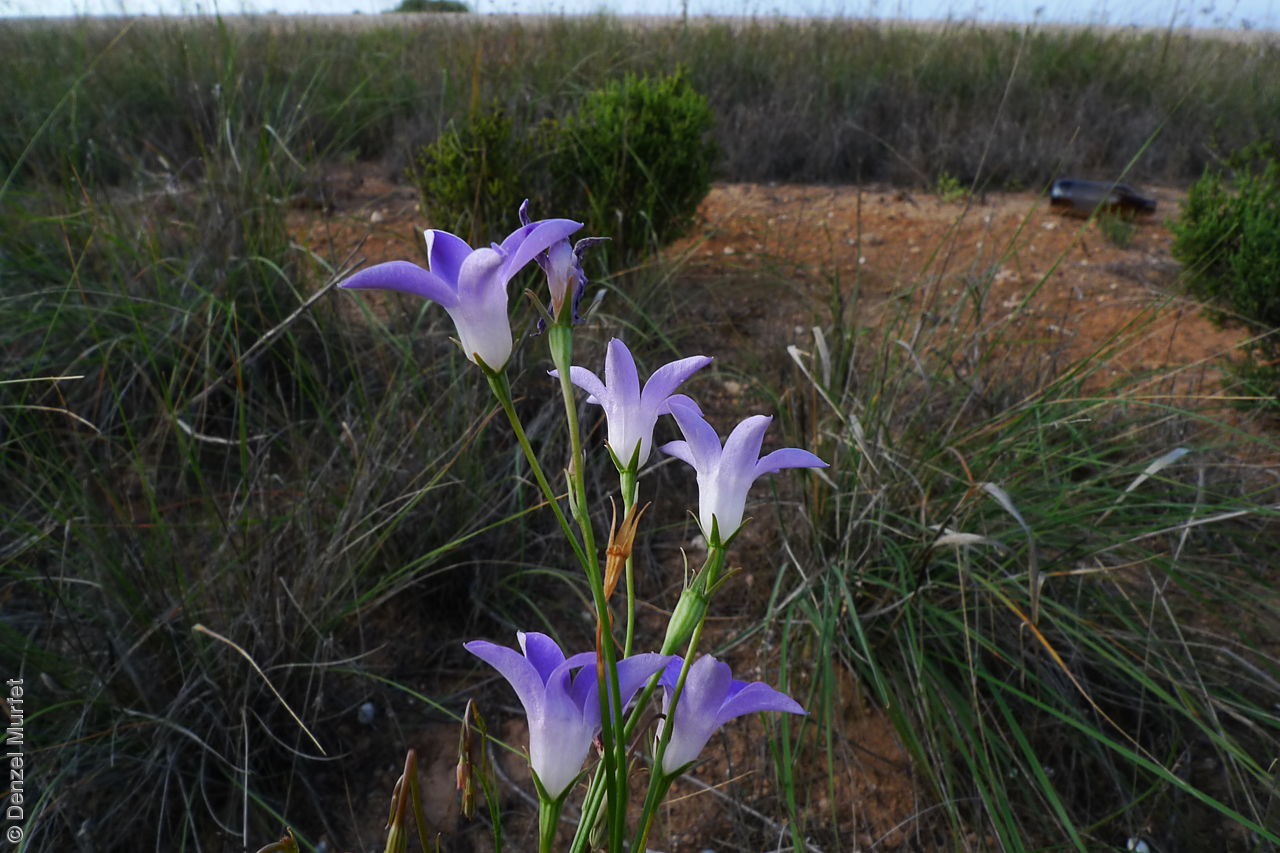
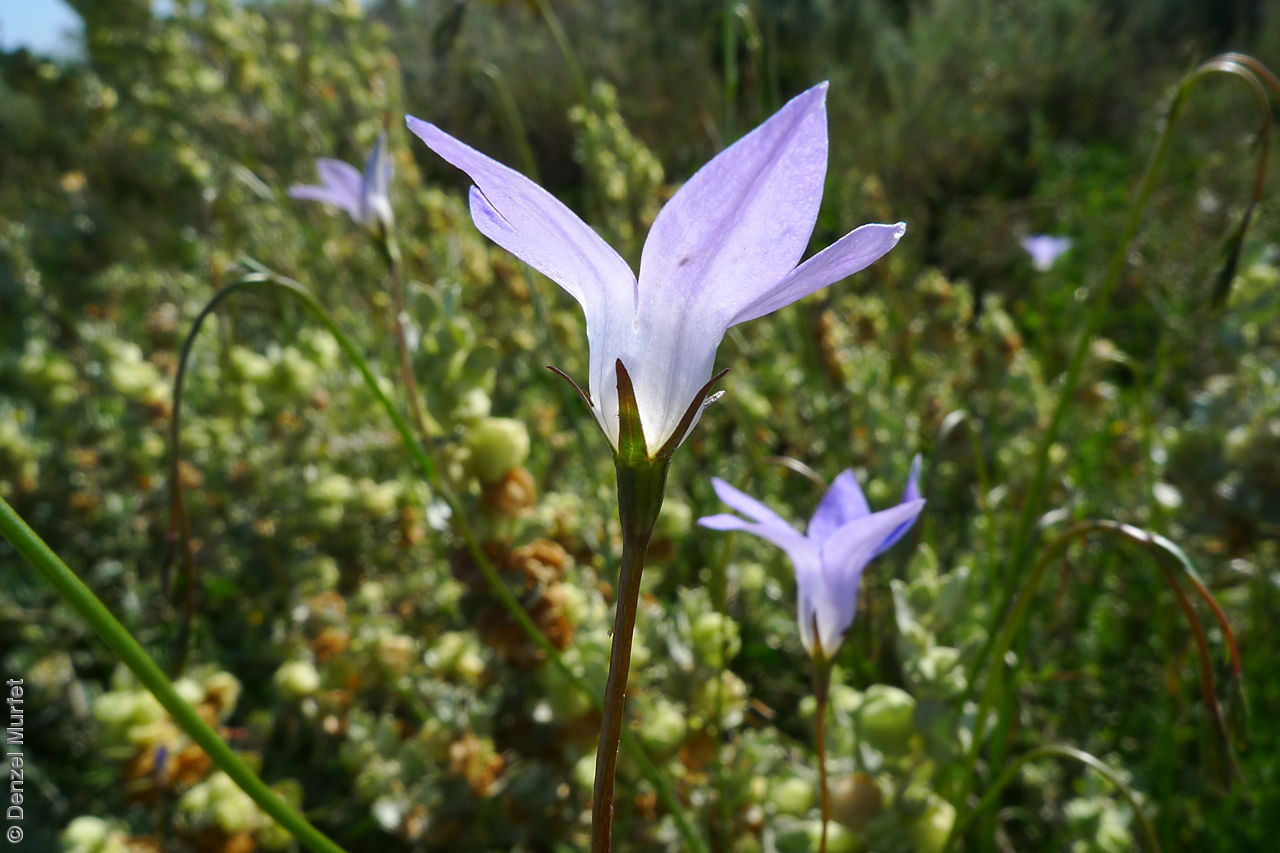
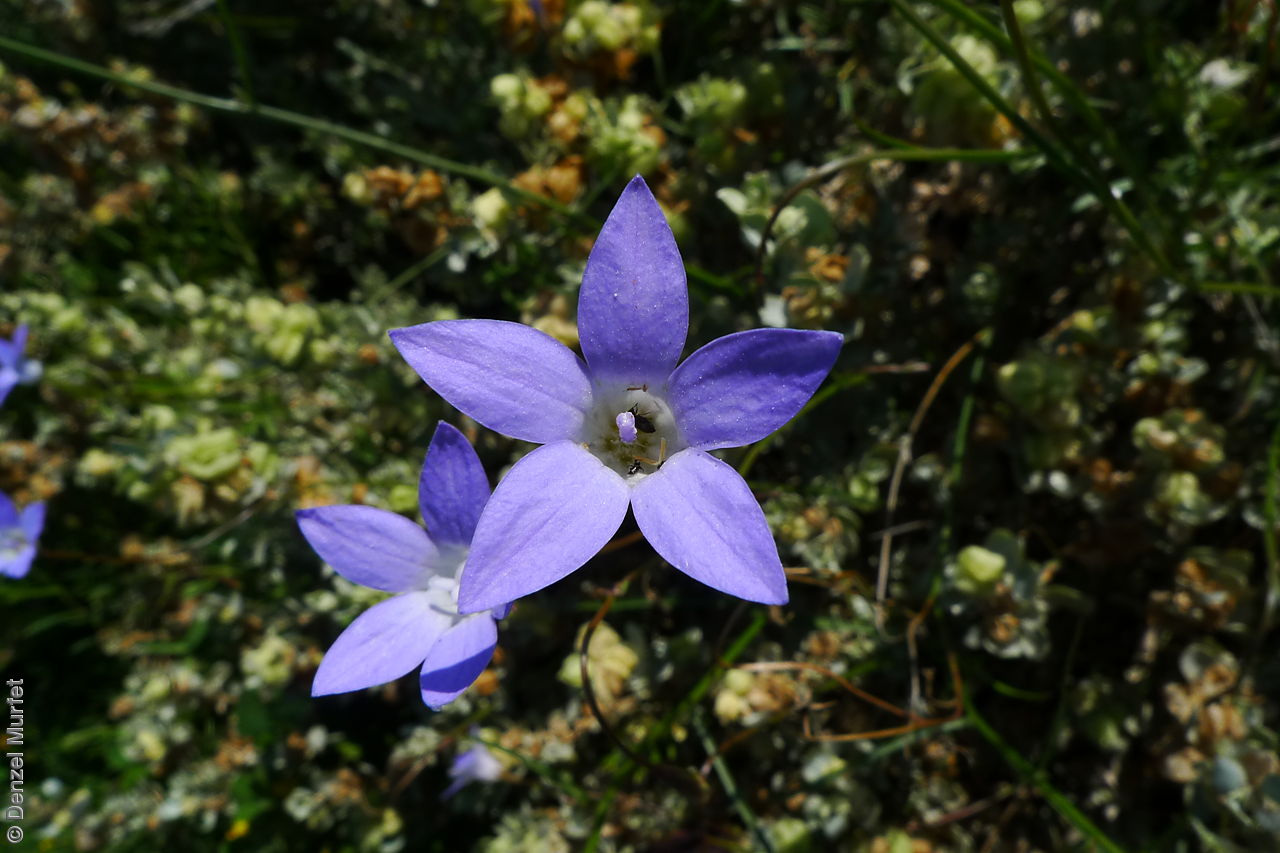
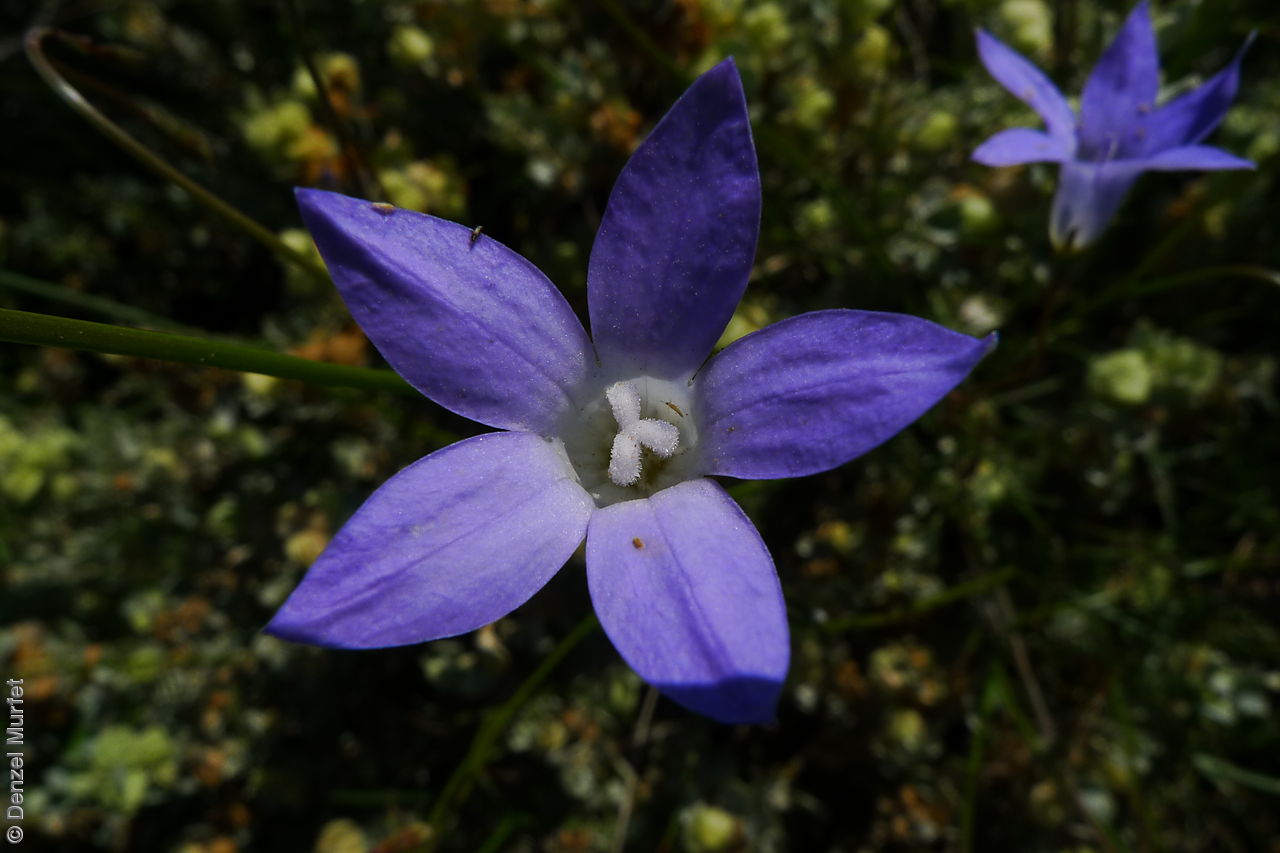
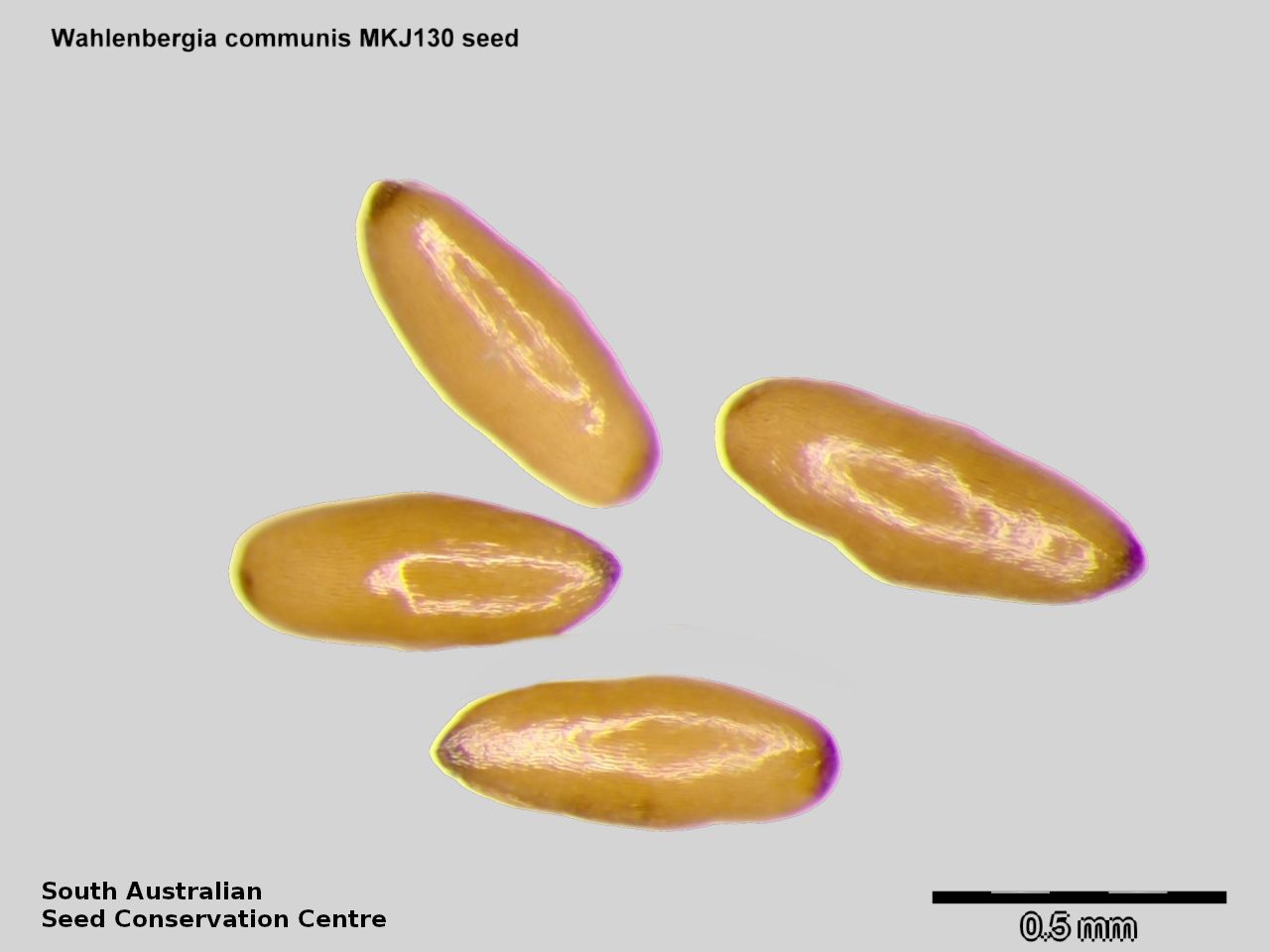
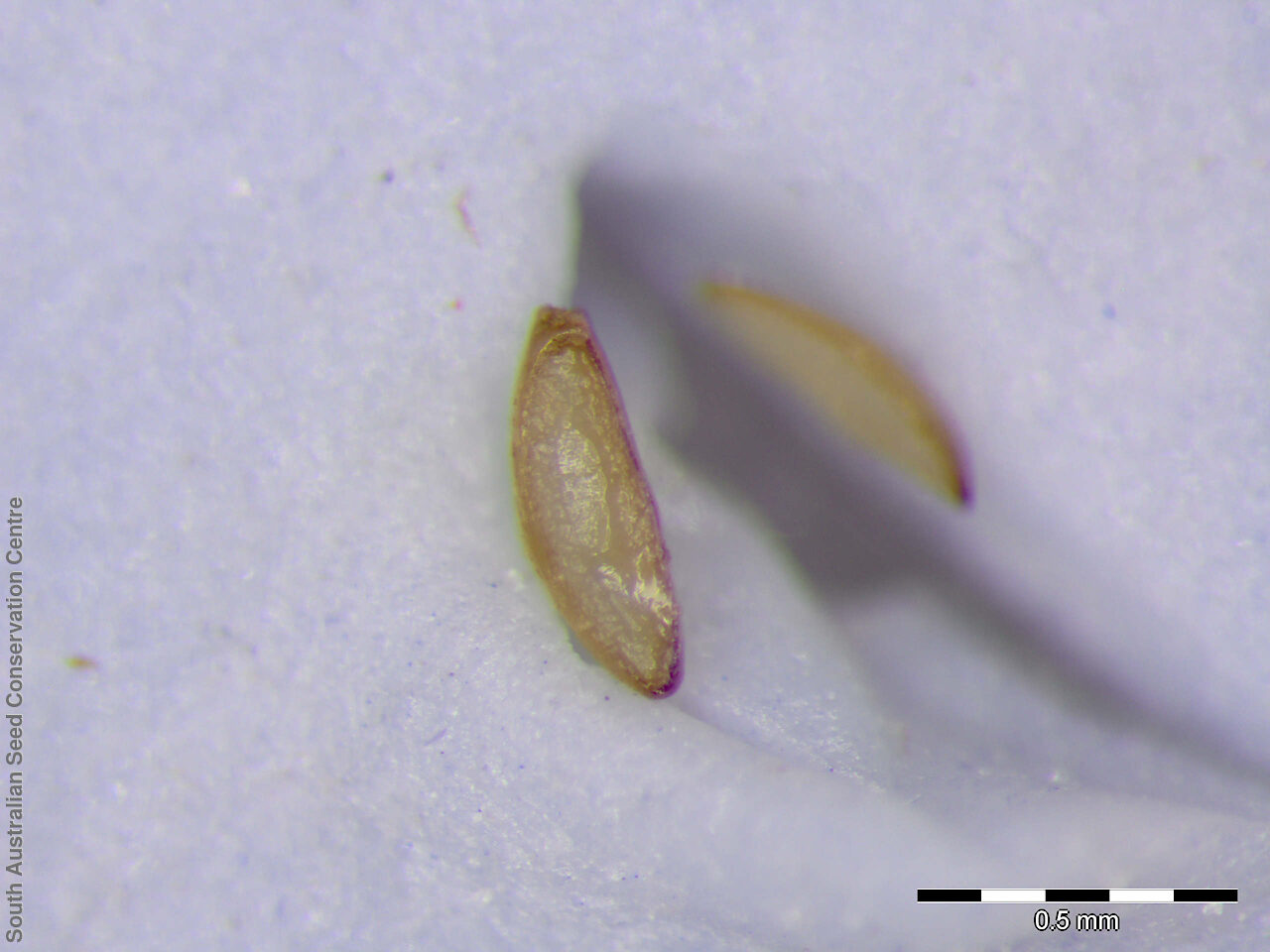
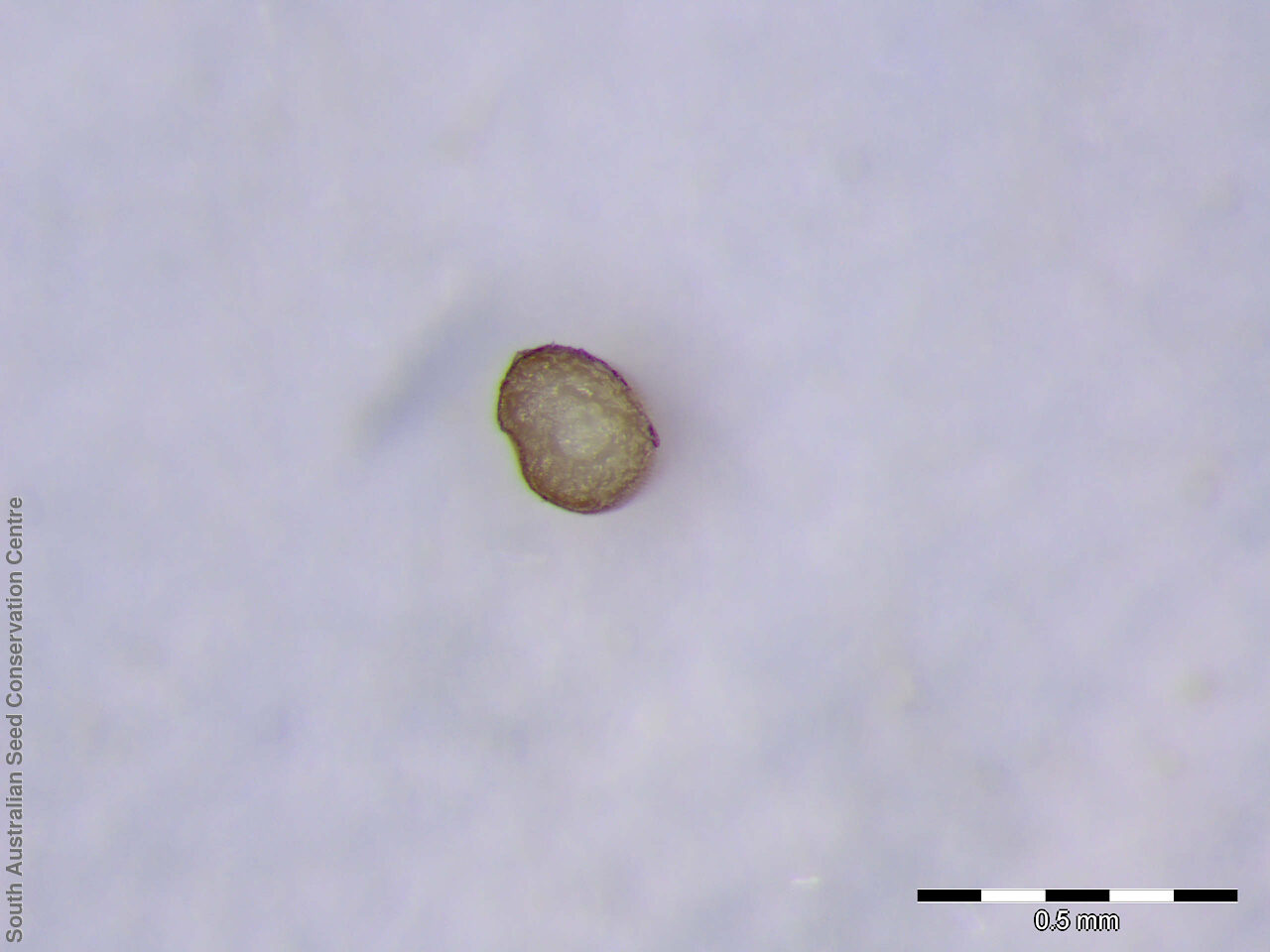
Regional Species Conservation Assessments per IBRA subregion.

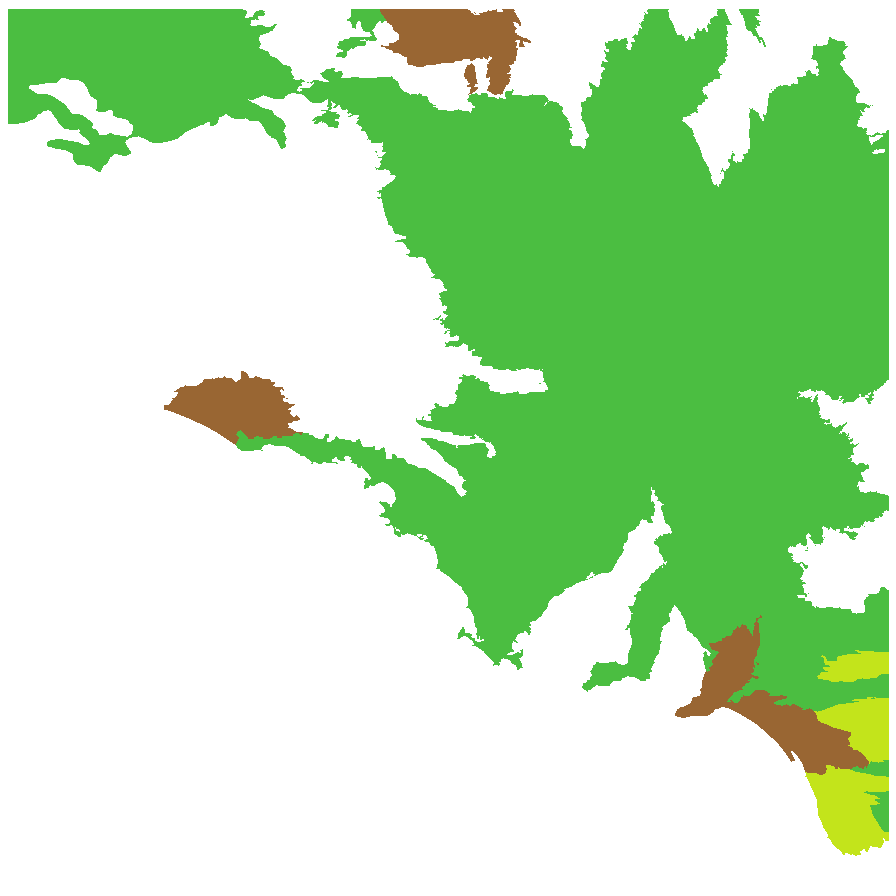
Least concern
Near threatened
Rare
Vulnerable
Endangered
Critically endangered
Extinct
Data deficient
Adelaide
Arkaroola
Ceduna
Coober Pedy
Hawker
Innamincka
Marla
Marree
Mount Gambier
Oodnadatta
Renmark
Wudinna
Keith
Yunta
Display IBRA region text
| Lucindale (NCP03) | Naracoorte Coastal Plain | Near Threatened |
| Tintinara (NCP04) | | Rare (IUCN: RA d(i,ii)) |
| Fleurieu (KAN02) | Kanmantoo | Rare (IUCN: RA d(ii)) [grows on cliffs, rocks] |
| Mount Lofty Ranges (FLB01) | Flinders Lofty Block | Rare (IUCN: RA d(ii)) [grows on cliffs, rocks; more northern sp] |
| Broughton (FLB02) | | Least Concern |
| Olary Spur (FLB03) | | Least Concern |
| Southern Flinders (FLB04) | | Least Concern |
| Northern Flinders (FLB05) | | Least Concern [annual] |
| Central Flinders (FLB06) | | Least Concern [annual] |
| Southern Yorke (EYB01) | Eyre Yorke Block | Least Concern |
| St Vincent (EYB02) | | Least Concern |
| Eyre Hills (EYB03) | | Least Concern |
| Talia (EYB04) | | Least Concern |
| Eyre Mallee (EYB05) | | Least Concern |
| Murray Mallee (MDD02) | Murray Darling Depression | Least Concern |
| Murray Lakes and Coorong (MDD03) | | Rare (IUCN: RA d(i,ii)) [odd record] |
| Lowan Mallee (MDD04) | | Near Threatened [poss ID issues this region] |
| Wimmera (MDD05) | | Least Concern |
| Braemer (MDD07) | | Least Concern |
| Murray Scroll Belt (RIV06) | Riverina | Least Concern |
| Myall Plains (GAW01) | Gawler | Least Concern |
| Gawler Volcanics (GAW02) | | Least Concern |
| Gawler Lakes (GAW03) | | Least Concern |
| Arcoona Plateau (GAW04) | | Least Concern |
| Torrens (GAW06) | | Least Concern [annual ] |
| Roxby (GAW07) | | Least Concern [annual ] |
| Kintore (GVD04) | Great Victoria Desert | Least Concern [annual ] |
| Yalata (NUL03) | Nullarbor | Rare (IUCN: RA d(i,ii)) |
| Bimbowrie (BHC05) | Broken Hill Complex | Least Concern |
| Curnamona (BHC06) | | Least Concern |
| Dieri (SSD03) | Simpson Strzelecki Dunefields | Data Deficient [odd record] |
| Warriner (SSD04) | | Least Concern [annual ] |
| Strzelecki Desert (SSD05) | | Least Concern |
| Breakaways (STP01) | Stony Plains | Least Concern [annual ] |
| Oodnadatta (STP02) | | Least Concern [annual ] |
| Murnpeowie (STP03) | | Least Concern [annual ] |
| Peake-Dennison Inlier (STP04) | | Least Concern [annual ] |
| Witjira (STP06) | | Rare (IUCN: RA d(ii)) [annual ] |
| Baltana (STP07) | | Least Concern [annual ] |
| Coongie (CHC06) | Channel Country | Least Concern [annual ] |
| Mann-Musgrave Block (CER01) | Central Ranges | Least Concern [annual ] |
| Everard Block (CER03) | | Least Concern [annual ] |
| 2 of 4 subregions | Naracoorte Coastal Plain | Near Threatened , Rare |
| Fleurieu (KAN02) | Kanmantoo | Rare (IUCN: RA d(ii)) [grows on cliffs, rocks] |
| 6 of 6 subregions | Flinders Lofty Block | Least Concern , Rare |
| 5 of 5 subregions | Eyre Yorke Block | Least Concern |
| 5 of 6 subregions | Murray Darling Depression | Least Concern , Near Threatened , Rare |
| Murray Scroll Belt (RIV06) | Riverina | Least Concern |
| 6 of 8 subregions | Gawler | Least Concern |
| Kintore (GVD04) | Great Victoria Desert | Least Concern [annual ] |
| Yalata (NUL03) | Nullarbor | Rare (IUCN: RA d(i,ii)) |
| 2 of 4 subregions | Broken Hill Complex | Least Concern |
| 3 of 4 subregions | Simpson Strzelecki Dunefields | Least Concern , Data Deficient |
| 6 of 7 subregions | Stony Plains | Least Concern , Rare |
| Coongie (CHC06) | Channel Country | Least Concern [annual ] |
| 2 of 3 subregions | Central Ranges | Least Concern |
Botanical art
Kath Alcock paintings: 9
Prior names
Wahlenbergia capillaris, nom.nud., questionably
Etymology
Wahlenbergia named by H.A Schrader in honour of Georg Göran Wahlenberg (1780–1851), a Swedish professor of botany. Capillaris from Latin meaning hair-like.
Distribution and status
Found across much of South Australia except on Kangaroo Island, in a range of habitat. Also found in all mainland states. Native. Common in South Australia. Common in the other states.
Herbarium regions: North Western, Lake Eyre, Nullarbor, Gairdner-Torrens, Flinders Ranges, Eastern, Eyre Peninsula, Northern Lofty, Murray, Yorke Peninsula, Southern Lofty, South Eastern, Green Adelaide
NRM regions: Adelaide and Mount Lofty Ranges, Alinytjara Wilurara, Eyre Peninsula, Northern and Yorke, South Australian Arid Lands, South Australian Murray-Darling Basin, South East
AVH map: SA distribution map (external link)
Plant description
Perennial tufted herbs with a fleshy rootstock with many stems from base, usually branched, rarely simple, glabrous, or hirsute near base, erect, to 50 cm high, leafy throughout or only toward base. Leaves alternate, oblanceolate (near base) to linear, to 50 mm long and 6 mm wide, margins entire or with a few small callus-teeth, flat or undulate. Flowers terminal, blue often whitish outside, funnel-shaped with 5 narrow-triangular lobes. Flowers throughout the year. Fruits are brown ovoid capsule to 9 mm long and 5 mm wide. Seeds are tiny orange elliptic seed to 0.6 mm long and 0.3 mm wide. Seed embryo type is spatulate under-developed.
Seed collection and propagation
Collect seeds between January and December. Collect capsules that are maturing, drying and turning orange with hard seeds inside. Place the capsules in a tray and leave to dry for a week. Then rub the capsules gently with your hands to dislodge the seeds. Use a sieve to separate the unwanted material. Be careful as the seeds are very small. Store the seeds with a desiccant such as dried silica beads or dry rice, in an air tight container in a cool and dry place. From three collections, the seed viability were high, ranging from 80% to 85%.
| Location | No. of seeds
(weight grams) | Number
of plants | Date
collected | Collection number
Collection location | Date
stored | % Viability | Storage
temperature | BGA
MSB | 45,000 (0.59 g)
45,000 (0.59 g) | 80 | 16-Nov-2004 | DJD34
Southern Lofty | 28-Mar-2006 | 100% | -18°C |
BGA
MSB | 31,500 (0.63 g)
31,500 (0.63 g) | 40-50 | 10-Nov-2005 | MKJ130
Gairdner-Torrens | 28-Jul-2006 | 85% | -18°C |
BGA
MSB | 150,000 (5.52 g)
150,000 (5.52 g) | 100+ | 4-Mar-2007 | KHB73
South Eastern | 1-Aug-2007 | 80% | -18°C |
| BGA | 17,000 (0.34 g) | 25+ | 31-Mar-2010 | DJD1818
Eastern | 1-Jun-2010 | 100% | -18°C |
Location: BGA — the seeds are stored at the Adelaide Botanic Gardens, MSB — the seeds are stored at the Millennium Seed Bank, Kew, England.
Number of plants: This is the number of plants from which the seeds were collected.
Collection location: The Herbarium of South Australia's region name.
% Viability: Percentage of filled healthy seeds determined by a cut test or x-ray.












